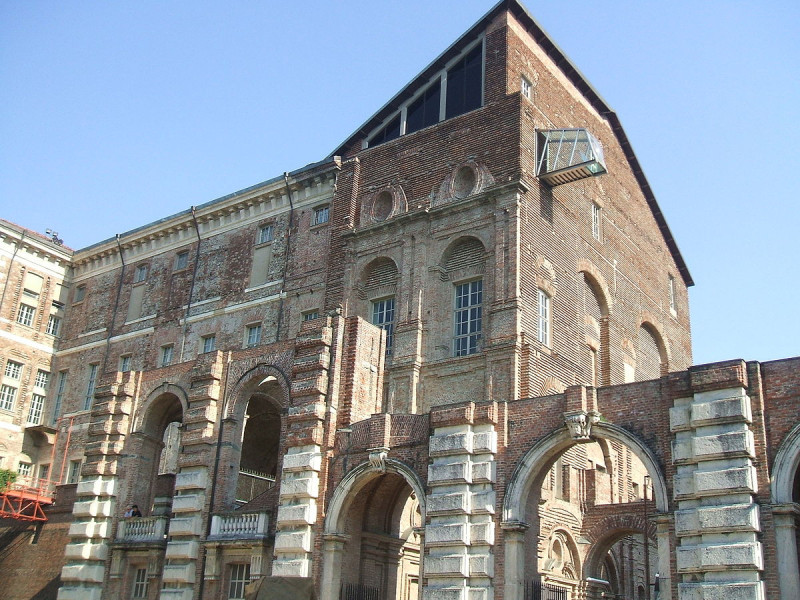Castello di Rivoli (Sito UNESCO)
It is a stronghold going back to the 11th century, located on the top of the morainal hill at the entrance of Susa valley. In the 14th century the Savoy Dynasty, who transformed it into a royal residence, acquired it. The first works were entrusted to Francesco Paciotto in 1562 and completed by Ascanio Vittozzi, Carlo and Amedeo di Castellamonte by 1670. The building was composed of a central body, a great arcade, the so-called ¿long sleeve¿ and a terraced garden. After damage inflicted by the French troops in 1693, the works resumed (1703 -1713) under the direction of Michelangelo Garove. His project called for doubling the building (hall, dance hall and staircase). In 1715, Filippo Juvarra took up direction of the work, until 1727, but it could not be completed due to the Napoleonic occupation. Later it underwent progressive degradation until 1979, when restoration was entrusted to architect Andrea Bruno. Since 1984, the castle has housed the Museum of Contemporary Art, where both the permanent collection and important temporary exhibitions are displayed. Some of the internal rooms still have stuccos and frescos from the 18th century.

